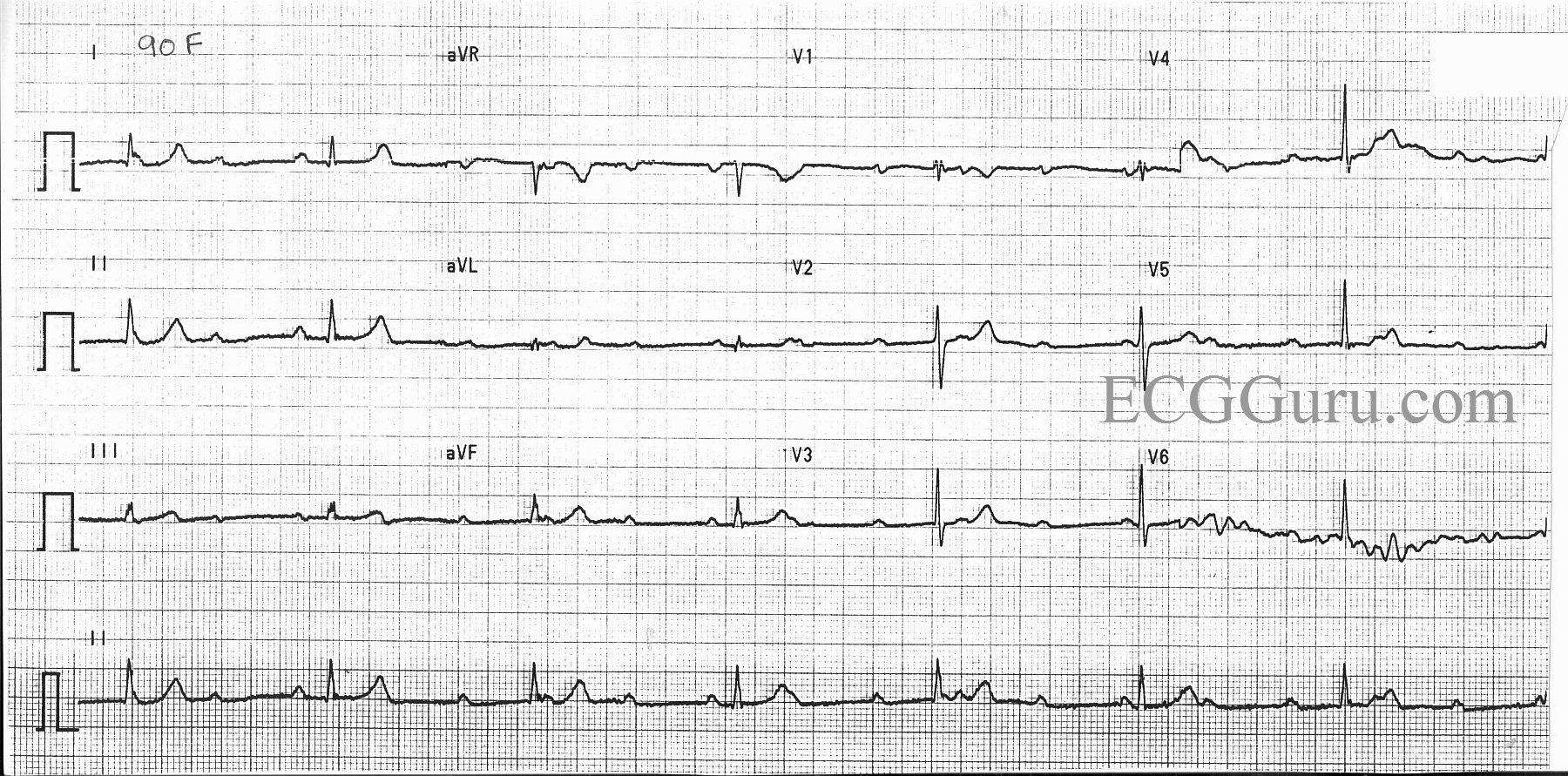

Some common symptoms of junctional rhythm may include fatigue, dizziness, fainting, feelings of fainting, and intermittent palpitations. It regularly causes a heart rate of less than 50, though other types can cause increased heart rate, as with different types of junctional rhythm. It often occurs due to advanced or complete heart block.

There are several potential, often differing, causes compared with junctional rhythm. How does it differ from idioventricular rhythm?Īn idioventricular rhythm also occurs if the SA node becomes blocked. A person should talk with a doctor if they notice any symptoms that could indicate an issue with their heart rate or rhythm. However, an underlying condition causing it could present a problem if not treated. Junctional rhythm itself is not typically very dangerous, and people who experience it generally have a good outlook. The following section provides answers to commonly asked questions about junctional rhythm.

Junctional rhythm can also occur in young athletes and children, particularly during sleep. This condition refers to the inability of the SA node to produce an adequate heart rate. It often occurs in people with sinus node dysfunction (SND), which is also known as sick sinus syndrome (SSS). It occurs equally between males and females. There are several potential causes, including medical issues, medication side effects, and genetics, among others. Rhythms originating from the AV junction are called junctional dysrhythmias or junctional rhythms. The AV junction includes the AV node, bundle of His, and surrounding tissues that only act as pacemaker of the heart when the SA node is not firing normally.Īs such, the AV junction acts as a secondary pacemaker. However, if the SA node paces too slowly, or not at all, the AV junction may be able to pace the heart. It initiates an electrical impulse that travels through the heart’s electrical conduction system to cause the heart to contract, or beat.Ĭlick here to learn more about the SA node. The default pacemaker area is the SA node. Included in the structure are natural pacemakers that help regulate how often the heart beats. Ann Noninvasive Electrocardiol 2011 16:227-31.The heart is a complex structure containing many different parts that work together to produce a heartbeat. There is no indication for pacing in this case as this is normal physiology due to use of beta-adrenergic agonist (norepinephrine). There is no retrograde atrial conduction of junctional rhythm as noted with the uninterrupted sinus P waves timings. However, when the sinus P wave (+) occurred long enough after the prior junctional beat it was conducted through the AV node and resulted in right bundle aberrant QRS (long-short sequence). Another finding to note is that every third or fourth sinus beat (round arrow) resulted with concealed penetration of the AV node which led to "resetting" the junctional rhythm. The ECG shows sinus rhythm at a rate of 60 bpm with accelerated junction rhythm 75 bpm resulting in atrioventricular (AV) dissociation, as demonstrated by the arrows (Figure 2) despite AV dissociation, there is no heart block as the non-conducted sinus P waves are due to functional refractoriness in the AV node due to the faster junctional rhythm.


 0 kommentar(er)
0 kommentar(er)
